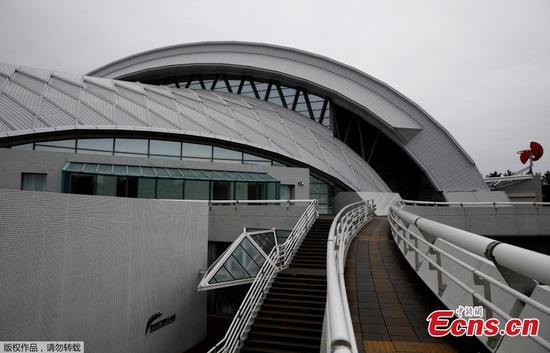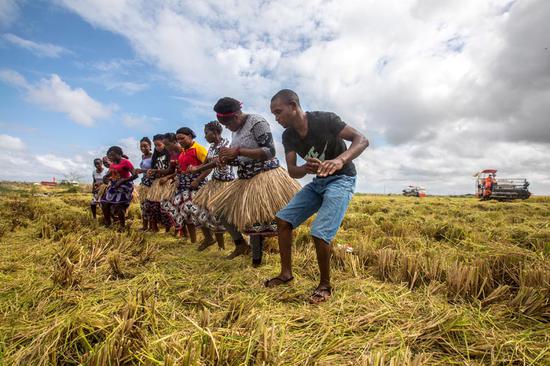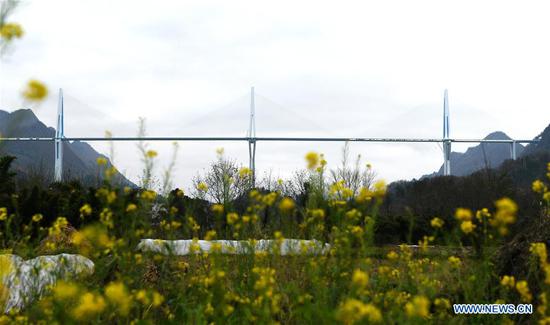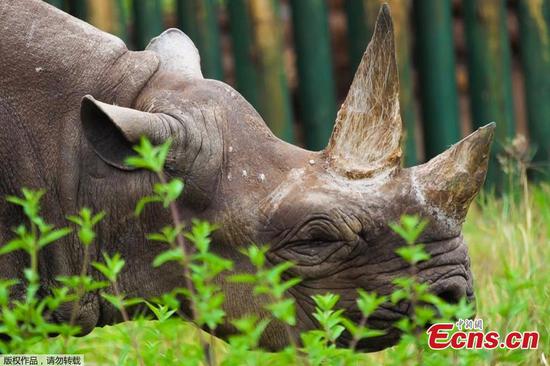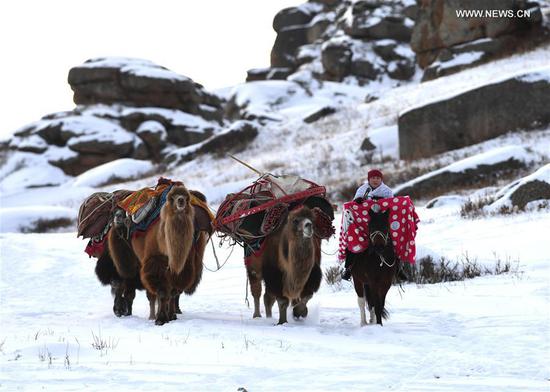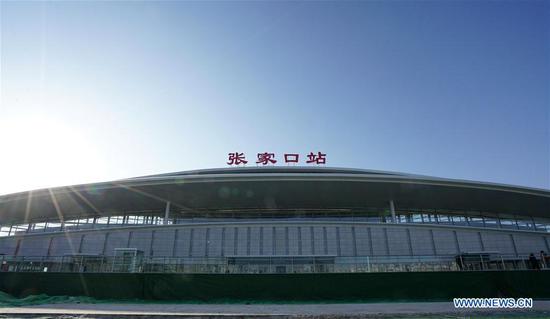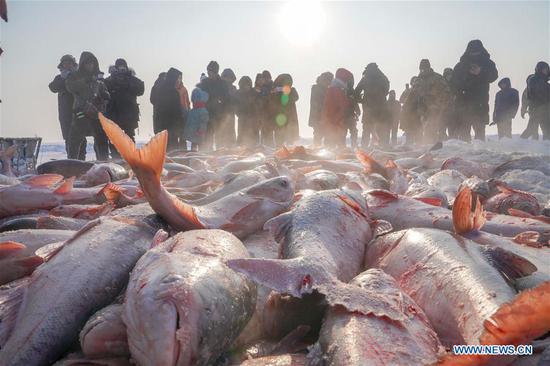As the Year of the Pig will come to an end in about three weeks, many Chinese families are embracing the Year of the Rat with their old tradition -- eating pork.
"We need to make some sausages and bacon for the Lunar New Year," said Xiao Yuhui, having been rushing around for days. "My son is working in Xinjiang and has already called to make sure the preparations are in order," said Xiao, in Fuxing Village, southwest China's Sichuan Province.
Many of Sichuan's signature dishes, such as twice-cooked pork and boiled sliced meat, are vital components of any Spring Festival feast. For most Chinese in the plain area, pork plays a key role in the annual gala, with celebrations beginning about a week in advance and ending with the Lantern Festival on the 15th day of the first month of the Chinese lunar calendar.
This year, pork prices surged partly due to the African swine fever epidemic. "Considering that we only do it once a year, it's acceptable," said Xiao. "I believe the prices won't stay high for long after the Spring Festival."
Hu Ming, a pig farmer in Sichuan's Baozhensai Township, receives several phone calls every day inquiring about the pork supply.
"I have more than 100 hogs to sell around the Spring Festival, a golden time for locals to do holiday shopping," Hu said. "Now the market demand is strong, we can have a good new year."
Tight pork supplies have also pushed up market demand for other kinds of meat.
"We have expanded production of other local specialties, such as dried chicken and preserved duck," said Wang Huaiping, chairman of the largest meat processing company in southwest China's Guiyang, capital of Guizhou Province.
This year, pork production in Guizhou is projected to drop by 141,000 tonnes year on year, or 8.36 percent. The province thus expanded its poultry production by around 140,000 tonnes to satiate the market, according to the provincial department of agriculture and rural affairs.
However, the role of pork is still unshakable during holiday seasons. Earlier this month, the Ministry of Commerce announced that around 40,000 tonnes of pork from reserves will be released to brace for a spike in demand during the upcoming holidays.
A range of measures, including simplifying land approval processes, increasing subsidies and modernizing pig farms, have also been taken by major hog-raising provinces to keep the pork price stable.
"It used to take us three to five months to get land approval for a hoggery, but now it's at least one month faster," said Ma Chongwei, director of a food company in south China's Guangdong Province.
Guangdong is a major pig producing and consuming province. It earmarked 200 million yuan (about 28.7 million U.S. dollars) to enhance financial support for ensuring hog production.
The province also plans to earmark another 2.1 billion yuan to partner with leading enterprises to optimize the pig industry.
Similar measures will also be taken in Sichuan, a major pork consumer and hog-raising province.
"Sichuan will embrace a boom in the construction of modern hog farms in the coming years," said Yang Xiubin, head of the provincial department of agriculture and rural affairs. "We expect an additional annual capacity of over 10 million pigs by 2020, which will effectively fill the gap left by the withdrawal of small and medium-sized hoggeries as well as pig farmers."
























